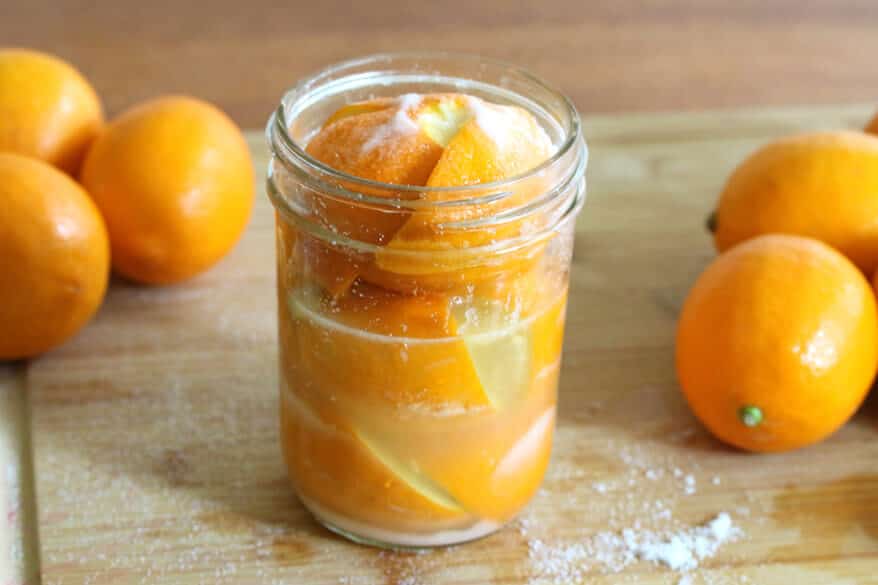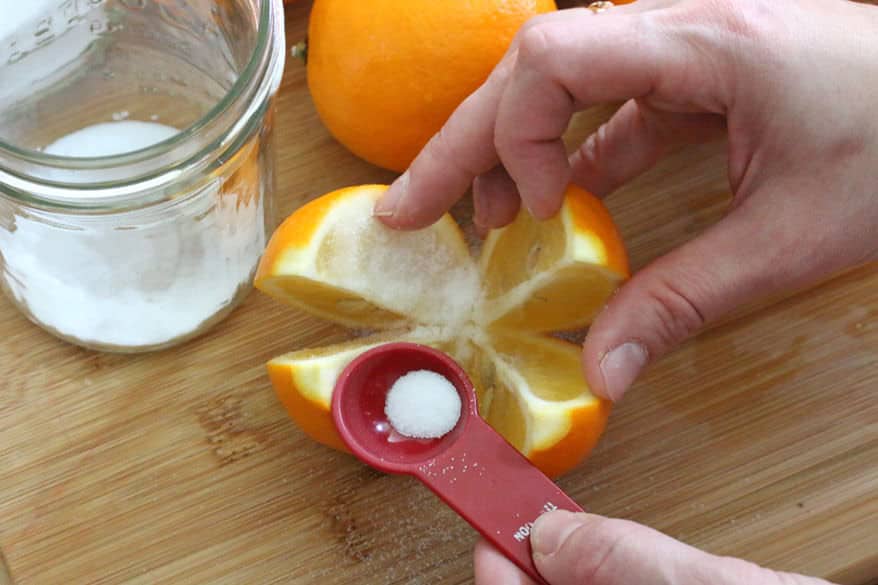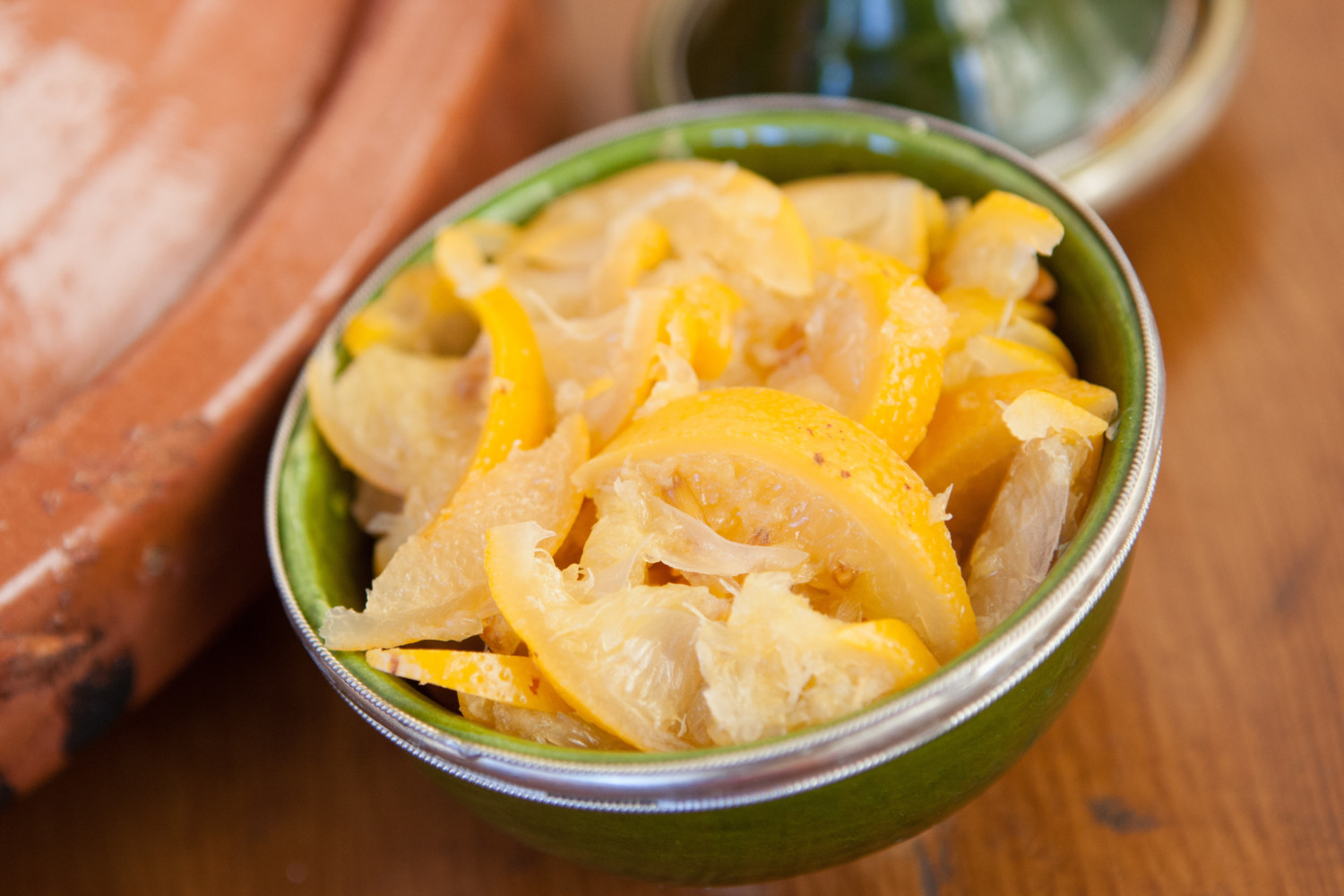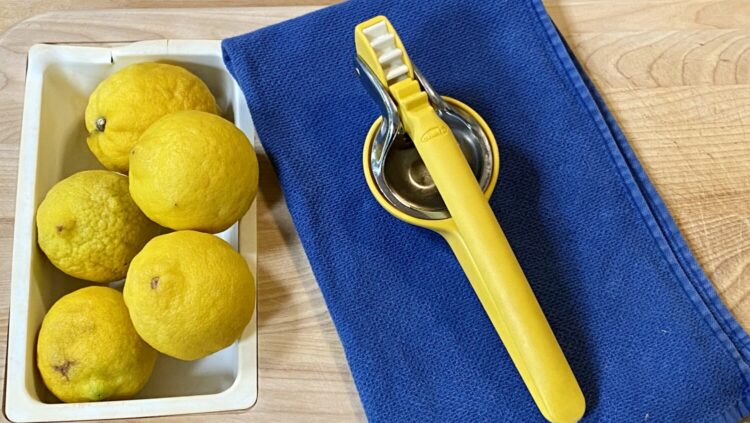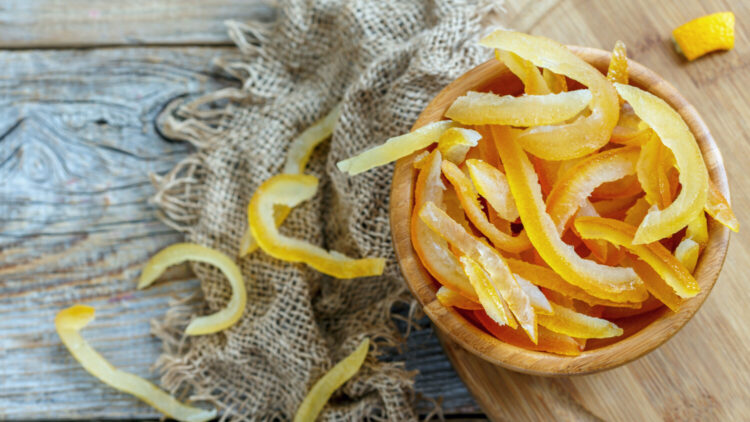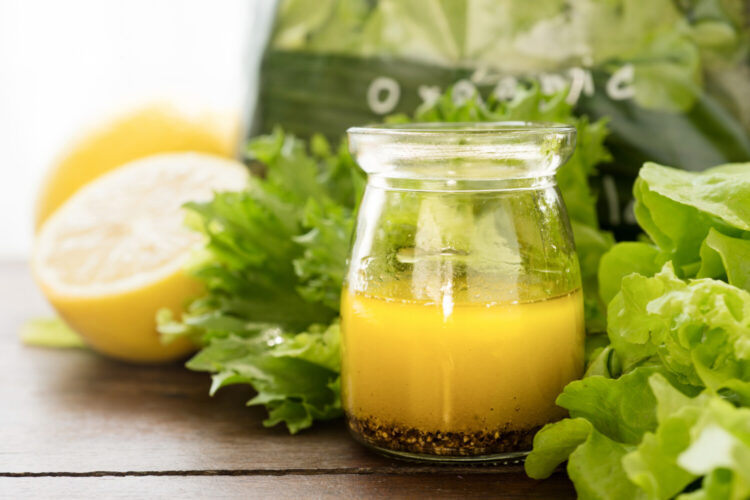How to make and use preserved lemons
There are so many reasons to love lemons. In addition to being fragrant, flavorful and visually appealing, lemons contain loads of vitamin C and soluble fiber. The tart citrus fruit is delicious in a glass of water, may aid weight loss and reduce the risk of heart disease, anemia, kidney stones and even cancer. If you are fortunate enough to have access to a lemon tree or come into an abundance of lemons, you might not be able to use them all before they turn. The solution? Preserved lemons!
Preserved lemons will stay good for six months or so in your fridge. Unlike other preserves, lemon preserves are simple to make at home, as you don’t need special canning supplies or ingredients.
How To Make Preserved Lemons
Along with letting you enjoy those lemons longer, making preserved lemons alters the flavor of the fruit. The lemons will be a little salty and they won’t be as tart or bitter as fresh lemons are. In addition, they will have a more intense lemony essence. Or as the Daring Gourmet blogger, Kimberly, phrases it in her post about preserved lemons, “Preserved lemons are lemons on steroids.” Ha!
Many experts — including Kimberly — recommend using Meyer lemons, which are small, slightly orange lemons with thin, edible skin and a less acidic taste. You can use any variety of lemon, though the flavor of the preserved lemons may differ depending on the lemons you use. Opt for organic if you can, since you will be consuming the peels of the preserved lemons.
Preserving lemons only requires a few ingredients and tools, including lemons, salt, water and jars. Before you get started, you’ll want to make sure your jars are sterilized by submerging clean jars in boiling water for 10 minutes. You will need to sterilize the water you will use to preserve the lemons, too, by boiling it for at least 5 minutes. Allow the water to cool before you begin.
Rinse and scrub the lemons clean. If the fruit is not organic, soak it in a vinegar and water solution before rinsing. From here, it’s a matter of carefully slicing the lemons and adding the salt and water to the jars in a particular way. Check out the Daring Gourmet’s step-by-step instructions on how to make preserved lemons.
Once they’ve been prepared and jarred, you’ll want to keep the jar at room temperature for three days, shaking and flipping it over a few times every day. On the fourth day, place the jar in the refrigerator for at least three weeks before using it.
Uses For Preserved Lemons
You can use the preserved lemons in a number of dishes. They are popular additions to cuisine from Morocco, the Middle East and India, including salads, stews, sauces and meat dishes. The Daring Gourmet blogger has a few recipe suggestions in her preserved lemons post, including one for Moroccan chicken with preserved lemons and olives. Yum!
To use them in recipes, separate the pulp from the lemon rind, rinse off the rind and then chop or thinly slice it. You can also blend the preserved lemon rinds into dressings or marinades for chicken or fish. Add bits to grain dishes, such as quinoa or butter-based pasta sauces. Use it to garnish carrots and potatoes or chop it up with ingredients for salsas and dips.
Keep your delicious preserved lemons in the fridge after opening, and if you have any left after six months, you can feel free to discard them.


